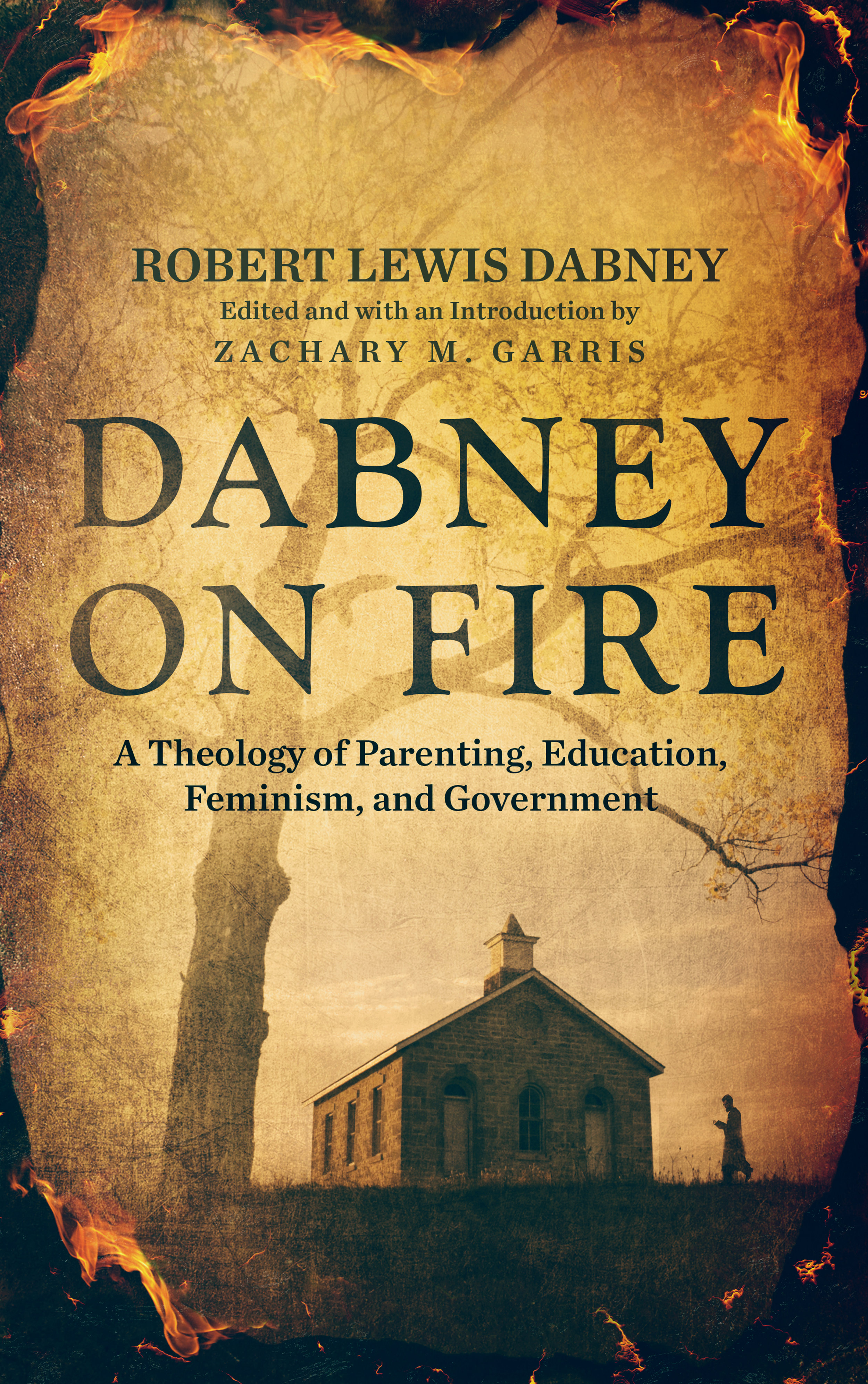Textbooks Are Part of the Problem
/No one likes textbooks. Except for publishers, that is.
Publishers design big, colorful—and therefore expensive—textbooks. Then grade schools purchase one for every student. Or at the college level, professors require every student to purchase his or her own textbook.
So publishers make good money on textbooks. However, people do not learn well from textbooks. Few students enjoy reading textbooks, and most end up skimming them instead of reading them.
A much better way of learning is for teachers to lecture and then supplement their lessons with reading assignments (primary sources, articles, interesting books).
This is also true for homeschooling. It is best for students to watch video lessons on a subject, which are then supplemented with helpful readings. There are exceptions to this, as there are some good textbooks and some students who like reading them. But for the most part, textbooks are not a good way to learn.
Inaccuracies and Bias
However, there is an even bigger problem with textbooks. Textbooks are often inaccurate and biased.
Textbooks cover a subject broadly and therefore take a specialist outside his speciality. There are scholars who can take up the task of teaching broadly in their respective field, but this is becoming rarer because of the increasing specialization of graduate studies. For example, a PhD professor whose doctoral work focused on 20th century America may not be well-versed in 18th century American history. Textbooks often seek to solve this problem by having multiple contributors, or at least consultants. Yet errors still persist, and few school teachers are able to spot them and correct them.
Unfortunately, the problem of bias is not easily solved because bias can infect an entire field of studies. In one sense, bias is not a problem. No one is neutral, and every scholar and teacher has a particular perspective on a subject.
However, this becomes a problem when students are unaware of bias. This a common situation with public education today. Public schools usually teach from a secular and politically left perspective. The typical student therefore goes through K–12 public education not knowing that there are other perspectives on many of the subjects they are taught. And why would they question both their teachers and their textbooks?
Problems from Both the Left and Right
Secularism is most apparent in the field of biology, as public schools do not teach the biblical view of creation but instead teach that humans are descended from animals. Secular leftism also permeates the field of history, which tends to neglect Western civilization and especially the role of Christianity in our own history. Moreover, leftist history textbooks tend to praise the growth of the modern state—“progress” as they say.
Yet those on the political right are not without fault. There are still right-wing influences among publishers, but they are usually still pro-war nationalists. Thus even “conservative” history textbooks portray the Confederacy negatively and Abraham Lincoln as the savior of America. They teach the nationalist view of the Constitution rather than the compact theory (that sovereign independent states created the Federal Government). Moreover, “conservative” textbooks will not question the creation of the Federal Reserve or programs like Social Security or Medicare.
Textbooks are created by establishment academia and will therefore teach an establishment perspective. (Christian publishers can be an exception, but their textbooks are often lacking in quality.) A person simply has to read widely to get different perspectives on these issues.
So if you want a secular, leftist, nationalist perspective of America, then by all means use textbooks. But if you want to see different views—or if you think secular leftism is just wrong—then you will want to abandon textbooks for the most part. Textbooks are part of the problem with modern education.







